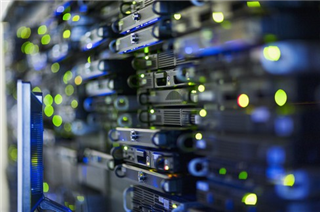Do you as an IT professional know what is on your network? Do you have an IT asset management plan in place? Maybe you have a spreadsheet or database with a list of hardware or software that you know about. What about those things you do not know about? Those things you do not know about can be putting your company at risk. A good IT asset management plan will facilitate key enterprise needs such as, hardware and software management, security, license compliance, and regulation compliance.
A key benefit of IT asset management is enhancing your security posture. With the ever-increasing amount of network-connected devices, security is more important now than ever in the past. There are many ways IT asset management can positively affect your security posture.
- Assets cannot secured or managed if you do not know about them.
- Unsupported hardware or software can contain unpatched vulnerabilities.
- Unapproved software can contain malware.
- The Internet of Things (IoT) can introduce unknown risks.
- Compliance regulations cannot be followed without detailed knowledge of the devices and software running on those systems.
Cost is another key consideration for implementing and IT asset management solution. Every company needs to balance the needs of its workforce with its budget to deliver results. IT asset management aligns neatly with this goal.
- Estimating costs and planning future projects and budgets.
- License compliance tracking. Making sure enough licenses are purchased for workforce needs, but also ensure over supply does not happen.
- Hardware lifecycle management. Replacing hardware on a schedule basis reduces down time and keeps costs aligned to budgets. While ensuring reliable and secure devices.
- Insuring unlicensed software is identified and remediated before an audit.
IT asset management should be at the foundation of any modern organization as the amount of connected devices continues to grow. From traditional devices such as desktops to mobile or embedded devices, the potential costs and risks also continue to grow. To mitigate those risks a sound IT asset management plan should be in place with the right tools to get the job done.
There are many software solutions to help manage IT assets. Some key features to consider would be the following:
- Hardware and software tracking.
- Automatic discovery of network devices.
- Mobile device and IOT device capabilities
- Configuration tracking.
- Alerting or notification on out of compliance devices.
- Reporting, both current and historical.
- Lifecycle tracking.
- Remediation of compliance issues.
Organizations large or small need an IT asset management plan to help stay in line with business goals and responsibilities. Not only to ensure profitability, but to also stay in compliance with regulations and ensure a smoothly running operation.
If you are considering an IT asset management solution, you may wish to consider the KACE Systems Management Appliance.



